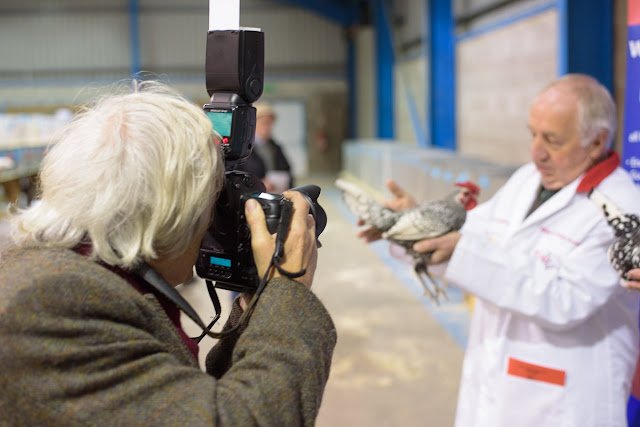Because the council have seen fit to prevent beach parking during the 'off season' there aren't as many people around at the south end of the shore. Not doing interesting things at any rate, mostly the well wrapped up dog walkers and people out for a bracing seaside wander. Although I tend to prefer flat light the low angled winter sun does make photographing the dunes more appealing. It can all get a bit contrasty making the files difficult to process. Shooting almost into the sun doesn't help matters. In the dunes the fencing makes a good compositional aid.
This kind of picture is what I class as 'easy'. Just a matter of framing and not much else. In this case the fence line reflects the shape of the dune beyond. I don't think the picture says much other than 'this is what it looked like, though. The next shot, on the other hand, was made because seeing the fence almost buried by sand made me think about the futility of trying to slow the march of the dunes. Particularly on a windy day when the sand was being blown landward. I made the effort to get down at sand level and frame the picture rather than make a simple record shot. Both approaches have their uses but I felt this called for some formal composition.
That was before the dreaded festive break. Yesterday was sunny once more with an even stiffer wind blowing. So strong a wind I could hardly stand being out in it. It proved worthwhile though as the usually padlocked gates to the shrimping compound were open. By the looks of the remains of one lying on the ground they'd suffered a sever impact of some sort. Anyway, using the Urban Explorer's approach of 'if the door's open it's OK to go in' I had a look around.
There was little to see. A few shrimp nets and plastic buckets. Quite dull. The variety of vehicles was interesting though. Unfortunately the light was harsh and not conducive to what I would have liked to do. I planned to return on a duller day.
As it turned out today started off bright and then clouded over. For once I didn't prevaricate and got my self back, with a different lens too. Having a plan in mind it was a quick job, after poking around a bit more with a wider lens, to take the 'portraits' of the tractors and conversions which have replaced the horses and carts of old. It was tricky to frame the shots without too much background clutter, but the results were ideal for making a grid.
With that done it was time to hit the beach. As I got back to the car I spotted two people walking along the shore with metal detectors. Potential portrait subjects for the Beach Life project. I had two choices. Try and catch them up on foot, or drive along and head them off at the pass. I went for the latter option. It worked too. And they were amenable to me taking their double portrait. They'd travelled from Huddersfield and Barnoldswick to search the sands while their wives went round the shops. I wasn't sure if the sun coming out might have made for too much of a contrast to my previous beach portrait, but the subdued palette seems to work OK.
After that amiable encounter it was wander along the sea wall and part way back, round Ocean Plaza where I made some photographs which will appear on Sandgrounding, then along the side of Pleasureland. The problem with walking along the sea wall, or the beach for that matter, late in the day is that low sun. Heading north it's behind you and you can both see what is coming your way and get well illuminated pictures of people. Then you have to turn round and walk into the sun. Which can be blinding. Working for silhouettes and shadows is one option. A bit clichéd though. Alternatively use the potential for highlight and shadow recovery of a modern camera's files and see what can be done that way.
I tried levelling the horizon in the picture above, but it lost its vitality. Not the first time I've left a wonky horizon when the landscape isn't the subject.
Always keep looking behind you when out with a camera. Doing that presented me with an abstract view of the go-kart track. By now the clouds were coming back softening the light to the detriment of the vibrant colours. So not totally satisfactory. I made quite a few attempts at getting the framing right, and still had to crop slightly. What makes the picture is that blue to grey band. Had that been all blue the picture would have been less interesting. Not that it's all that interesting anyway!























